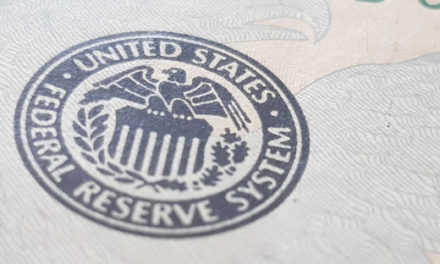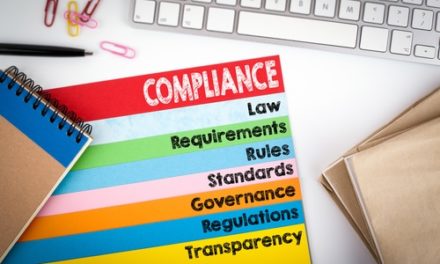
The Labor Market: State of Change
There has been broad attention given to the changing landscape of the labor market amid the tectonic shifts triggered by the COVID-19 pandemic. Much of this attention has been focused on the rise and likely permanency of the hybrid work model and working from home. Perhaps less recognized are more subtle changes that potentially will have an equal or even greater impact on the economy and social fabric in the years ahead.
To view the full article please register below:
The Labor Market: State of Change
There has been broad attention given to the changing landscape of the labor market amid the tectonic shifts triggered by the COVID-19 pandemic. Much of this attention has been focused on the rise and likely permanency of the hybrid work model and working from home. Perhaps less recognized are more subtle changes that potentially will have an equal or even greater impact on the economy and social fabric in the years ahead.
Under the Radar Changes
One of the more significant impacts of the pandemic has been what has generally been described as the “Great Resignation,” which refers to the millions of American workers who quit their jobs without having a new one lined up.
According to a study by Harvard, mid-career employees have seen the largest increase in resignation rates, while younger workers—who typically have higher quit rates—saw a decrease in resignations. Though many commentators have pointed to older workers driving the Great Resignation, Harvard found that the resignation rate for workers in the 60-70 age group declined.1
The reasons are exceptionally varied, ranging from compensation and health concerns to what one Texas A&M psychologist described as “pandemic epiphanies” that led individuals to reevaluate their lives and the future direction they wish to take.
Governmental payments and a rising stock market have allowed many individuals the breathing space to permit the time to find more meaningful and better-suited employment.
While many economists fear that a slow return of workers will adversely affect the economic recovery, there is something else going on that may restore the labor shortage—the return of retirees to the workforce. Evidence of this is the “unretiring” rate, which reached 2.6% in October 2021, which indicates that there have been some 600,000 retirees returning to the workforce in the August to October 2021 period.2
After decades of limited power, workers are beginning to find leverage as employers scramble to fill open positions. We see this leverage being played out in more high-profile strikes by workers for better pay and benefits, higher wage growth, more varied benefits, and greater work flexibility.
Finally, the biggest change of all may be the one we won’t be able to see until many years have passed—a shift in the behavior and mindset of Americans. Much like the experience of hyperinflation during the Weimer Republic shaped Germans’ aversion to inflation or how the Great Depression shaped the frugal behavior of “The Greatest Generation,” the pandemic’s impact is likely to continue to shape the economy for decades to come by the choices individuals make in their financial, economic and social lives.
Sources:
- https://hbr.org/2021/09/who-is-driving-the-great-resignation
- https://news.yahoo.com/retired-americans-returning-amid-labor-180020134.html
Please reference disclosures: https://blog-dev.americanportfolios.com/disclosures/












